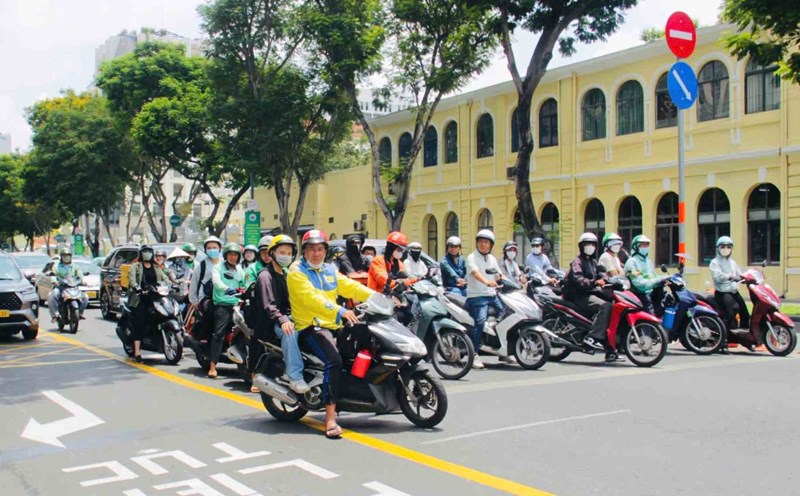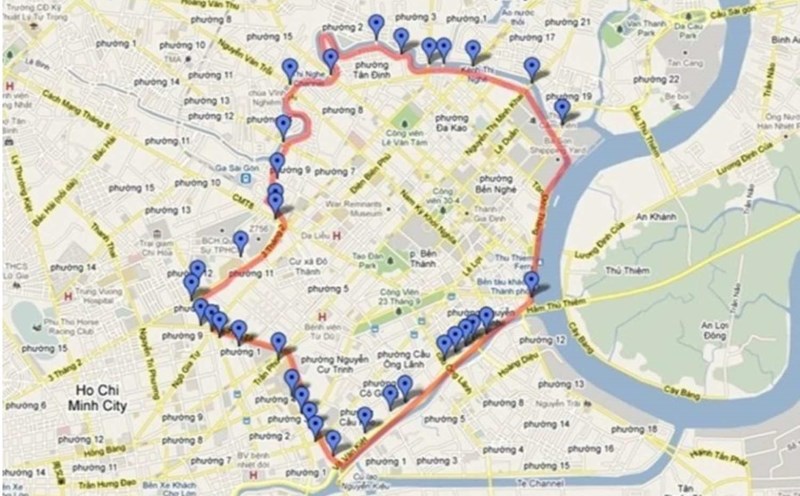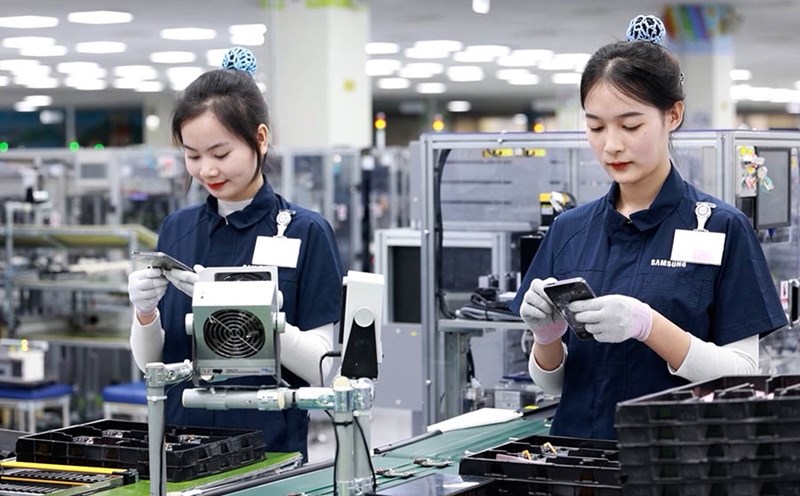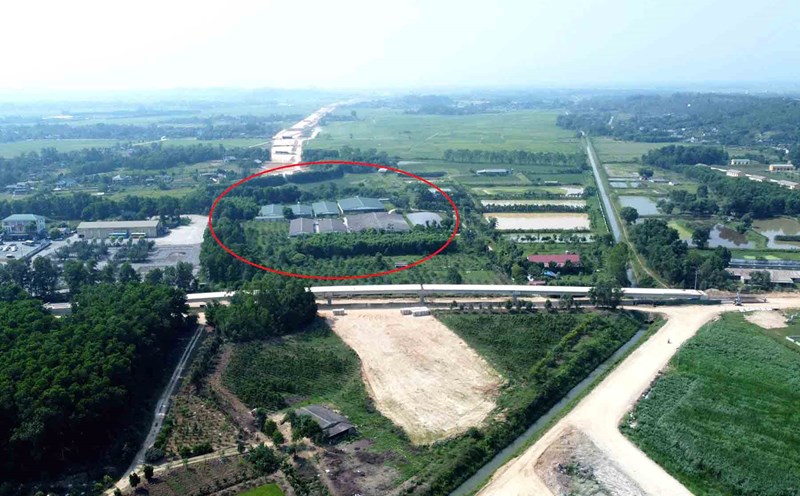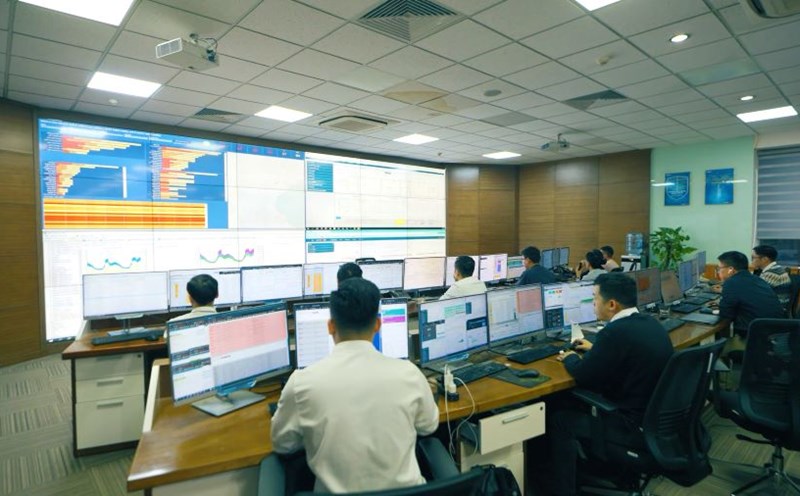According to the Vehicle Emissions Control Project developed by the Ho Chi Minh City Department of Construction, the central area will be established as a low-emission zone (LEZ), limited by 15 bridges and 17 main roads.
Here, motorbikes and cars that do not meet emission standards will be restricted or banned from circulation, prioritizing electric vehicles, clean energy and public transport.
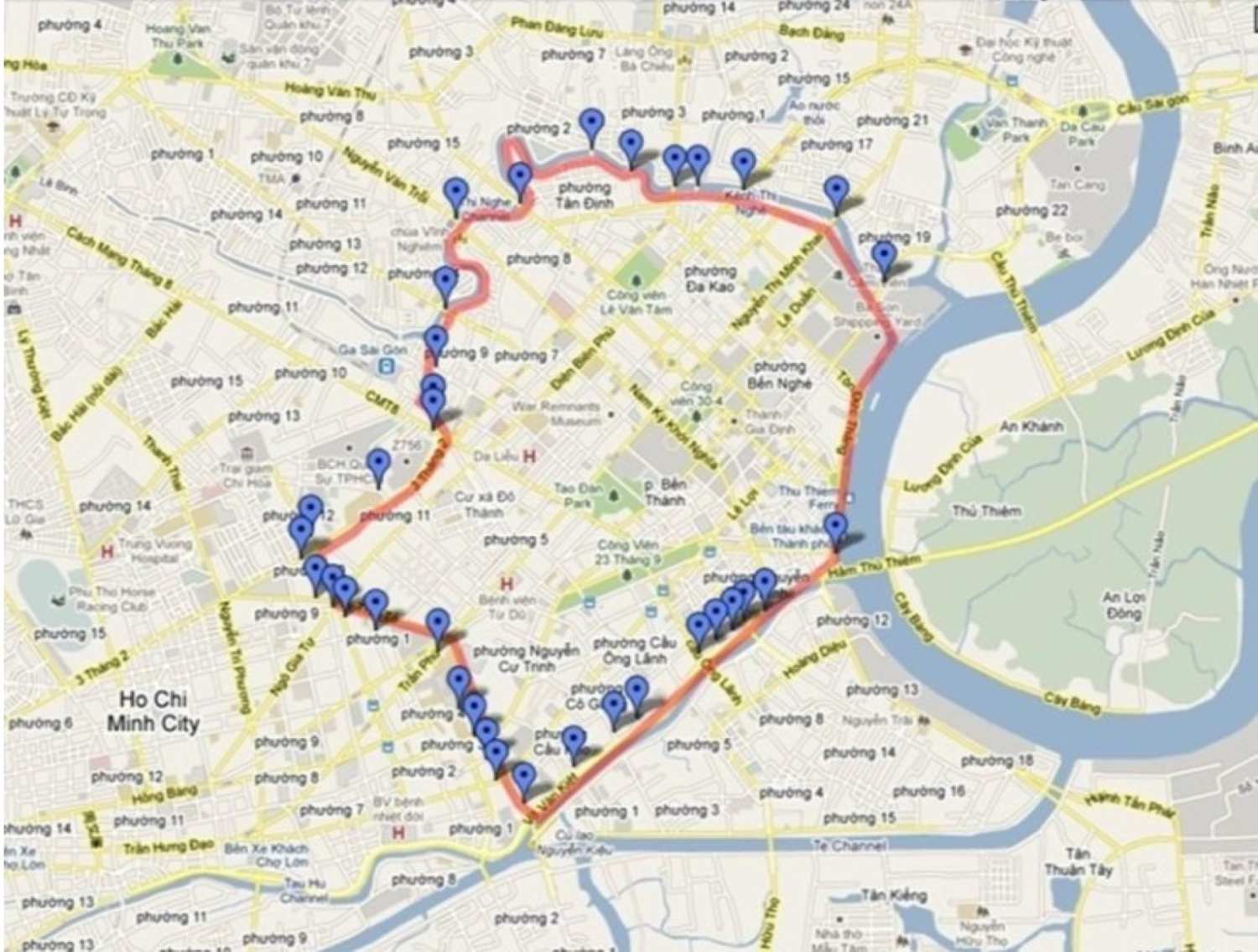
This approach directly targets the main cause of air pollution in the city - road traffic, which accounts for 88% NOx, 99% CO, 79% SO2 and 88% fine dust in total traffic emissions in Ho Chi Minh City.
According to the project, Ho Chi Minh City after the merger now has more than 14 million people with 11.4 million motorbikes and 1.3 million cars.
The average annual PM2.5 fine dust concentration is 31 μg/m3, 6 times higher than the WHO's recommendation.
Traffic alone contributes about 40% of fine dust, causing 1,840 to more than 3,100 deaths each year, 3-5 times the number of deaths from traffic accidents.
Ho Chi Minh City's economic damage from air pollution is estimated at over VND3,000 billion/year, equivalent to 0.25% of GRDP.
In that context, the zoning of gasoline and oil vehicles to the center is expected to help sharply cut toxic emissions, reduce medical costs, limit the number of cases and deaths due to pollution, and significantly improve air quality.
Not only stopping at the environment and health, this policy also creates leverage to restructure the urban transport system.
The project proposes to open 72 new electric bus routes with more than 1,100 vehicles, developing 8,000 public bicycles to serve travel in and outside low-emission zones.
The solutions are designed in sync with the metro and river bus network, creating conditions for people to switch from personal vehicles to public transport.
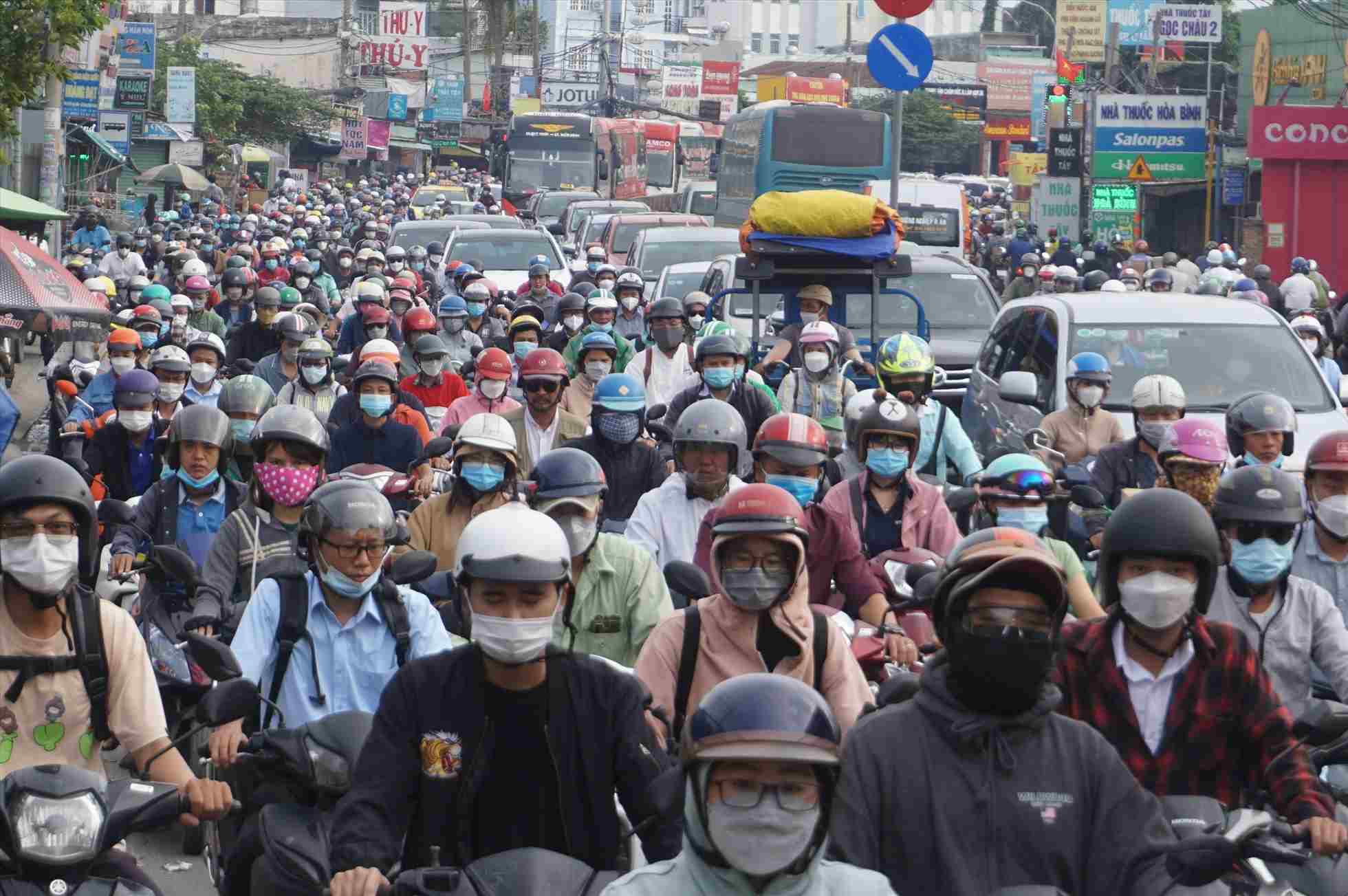
In addition, Ho Chi Minh City takes advantage of the special powers of Resolution 98 to offer attractive financial support packages.
People who switch from gasoline vehicles to electric vehicles can get a reduction in registration fees, car purchase subsidies, support for loan interest rates and compensation when liquidating old vehicles. This is a key factor that helps the policy to be both mandatory and encouraging, creating social consensus.
When applied, the low emission zone will contribute to reducing congestion in the central area - where the highest traffic density in the city is.
Limiting old personal vehicles and low emission standards will give space to public transportation, bicycles and pedestrians, making the center more airy, safe and friendly.
In the long term, this policy also enhances the image of Ho Chi Minh City as a green, smart city, attracting investment and tourism, while affirming the commitment to the goal of net zero emissions by 2050.
Mr. Bui Hoa An - Deputy Director of the Ho Chi Minh City Department of Construction, emphasized that air pollution from traffic not only causes economic damage, but is also a social problem, requiring the city to soon switch to green energy.
According to Mr. An, the policy must be designed harmoniously, ensuring that no one is negatively affected economically, and at the same time having appropriate support mechanisms for each group, from the poor, near-poor, middle-class to enterprises investing in charging stations, vehicles, and batteries.
"Policy that has not reached consensus needs to be propagandized and mobilized for a long time. In addition, the city will apply sanctions for vehicles that do not comply with the provisions of the project, said Mr. An.


